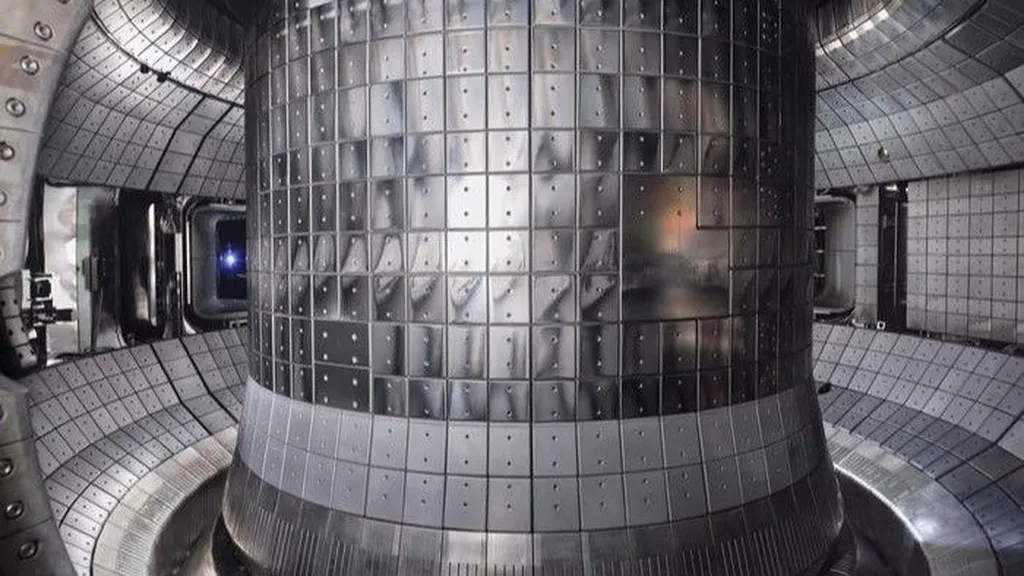In a significant stride toward understanding laser-driven fusion, researchers have identified an upper limit for fusion reactivity in proton-boron (p+11B) reactions, a finding that could reshape the landscape of clean energy production. The study, published in the journal *Nuclear Fusion* (previously known as *Nuclear Fusion*), was led by Eunseok Hwang from the Department of Physics and OMEG Institute at Soongsil University in Seoul, South Korea.
The research delves into the dynamics of plasma expansion in tabletop laser experiments, focusing on the energy distribution of proton beams accelerated by lasers. By characterizing the sheath field generated by fast electrons at the rear side of a laser-irradiated thin foil, the team explored how varying electron temperatures and acceleration times influence fusion reactivity.
“Our findings suggest that there is an optimal set of conditions under which the fusion reactivity is maximized,” Hwang explained. “This upper limit is crucial for understanding the potential and constraints of laser-driven p+11B fusion as a viable energy source.”
The study reveals that the maximum fusion reactivity, denoted as ⟨σv⟩, reaches 8.12 × 10^-16 cm³ s^-1 under specific conditions: an electron temperature of 10.0 MeV and a dimensionless acceleration time of 0.503. These insights are pivotal for advancing the field of laser-driven fusion, as they provide a benchmark for future experiments and theoretical models.
The implications for the energy sector are profound. Laser-driven fusion, particularly p+11B reactions, offers a promising avenue for clean and abundant energy production. Unlike traditional deuterium-tritium (D-T) fusion, p+11B fusion produces fewer neutron emissions, reducing the risk of radioactive waste and enhancing safety. This makes it an attractive option for commercial energy applications.
“Understanding the upper limits of fusion reactivity is a stepping stone toward practical applications,” Hwang added. “It allows us to focus our efforts on optimizing the conditions that yield the highest reactivity, bringing us closer to realizing fusion energy’s potential.”
The research not only sheds light on the fundamental physics governing laser-driven fusion but also paves the way for innovative energy solutions. As the world seeks sustainable and efficient energy sources, the insights from this study could accelerate the development of fusion technology, potentially revolutionizing the energy sector.
In the quest for clean energy, every discovery brings us closer to a future powered by fusion. This study, published in *Nuclear Fusion*, marks a significant milestone in that journey, offering a clearer path forward for researchers and energy innovators alike.

